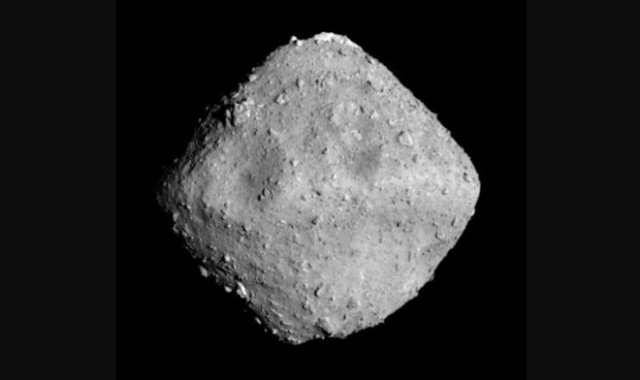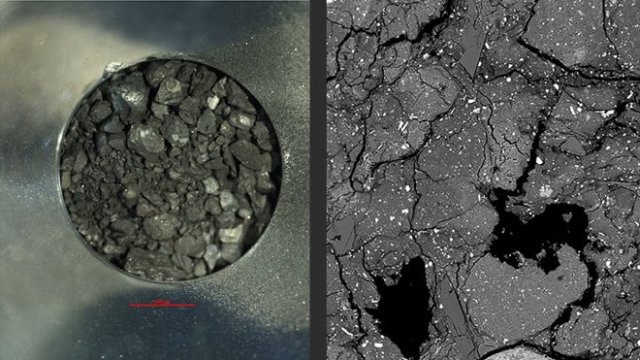
Ryugu Asteroid
The Hayabusa-2 space expedition from the Ryugu asteroid returned to Earth in December 2020 — and not with empty containers. It took the scientists two years to carry out the initial analysis of the imported material, and they recently published a report on their work. According to him, Ryugu is a fragment of the "planetesimal", the embryo of future planets, which revolves around the forming protostar. In other words, Ryugu appeared even before the Sun and the Solar System were formed.
Isotope analysis showed that in the past Ryugu was soaked with water, and perhaps more than once. Most likely, initially it was a lump of mud and ice, which melted from the energy of radioactive elements in its structure. They completely disintegrated in about 5 million years, after which the ice again stuck to the dust, and the process was repeated. This continued until a collision with another fragment of the planetesimal threw Ryuga into the depths of the Solar System, where it was dried by the light of the young Sun.

Ryugu Asteroid
The presence of water on the asteroid in the past is successfully combined with the discovery of primitive amino acids, the basis of organic life, on samples from Ryugu. This serves as a strong argument for the theory of the origin of life in space and the possibility of its transfer between planets and even galaxies. Moreover, the presence of water on planetesimals changes the idea of the worlds of the past and the processes of planet creation. The above is only a small part, the first grains of knowledge that the asteroid Ryugu gave to science. Most of the imported material was placed in storage, only 16 small grains were used. Scientists deliberately preserve a valuable resource until new research methods appear that will help uncover new secrets of the universe.
